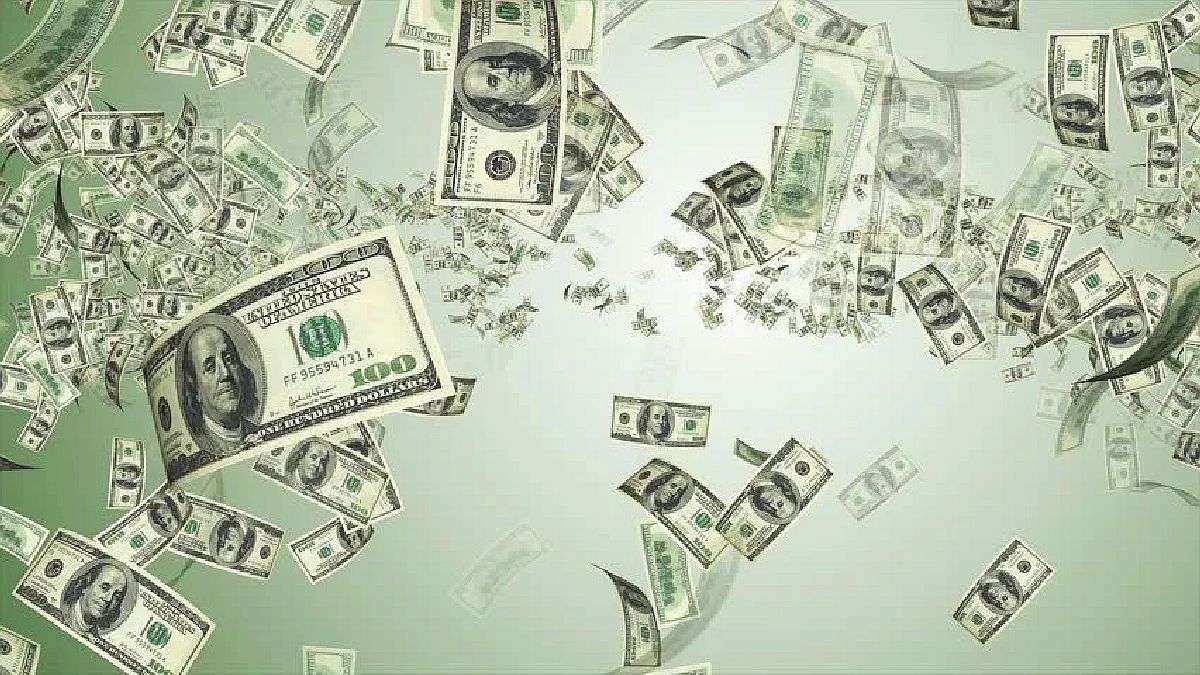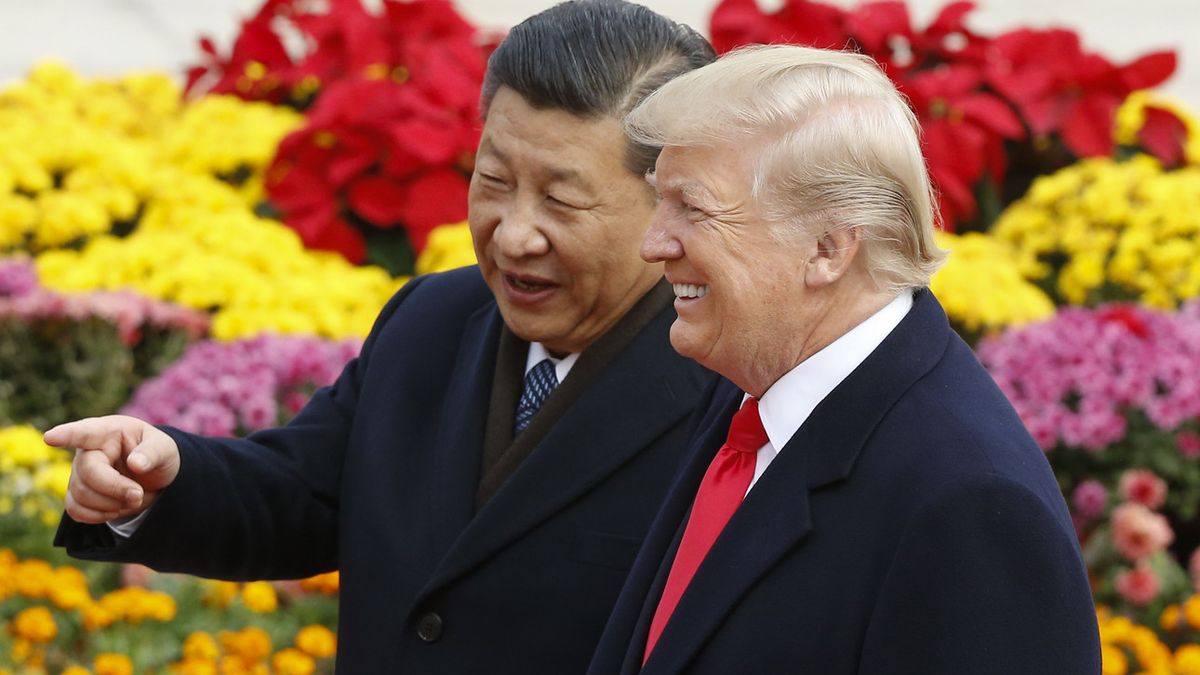The consequence of this scenario is a probable rise in the rate of return on treasury bonds at 5, 10 and 30 years. They are currently trading at 1.15% per year, 1.64% per year and 2.10% per year, levels that triple those seen during the pandemic.
The rise in the rate of American bonds could make the dollar appreciate, and this iron the price of agricultural raw materials such as soybeans and corn, which today coexist with a good supply of the American harvest, and a promising evolution of the harvest in Brazil.
The energy crisis has an impact so that inflation is consolidated to the rise, oil is already trading around US $ 80, when in the pandemic it reached around US $ 10 a barrel. Natural gas went from US $ 1.50 a million BTU to the current US $ 5.80.
One issue to keep in mind is the devaluation of emerging currencies. The Turkish lira has been breaking highs, trading above 9.0 per dollar. The real at 5.65 per dollar is close to exceeding the maximum of 5.80, the rise in the interest rate in Brazil, does not stop the upward climb for now.
Consequences on Argentina
Our country depends on the generation of dollars from the trade balance, any decrease in the products we export generates a negative impact on the supply of dollars. In December an important part of the wheat is harvested and exported, it is an aspirinite for a serious shortage situation.
Competitive devaluations could ensue in a world where inflation said present. The United States withdraws stimulus and the crisis in the emerging world is advancing by leaps and bounds.
Brazil has a severe energy problem, inflation could reach double digits, in 2022 there are presidential elections and Lula da Silva leads the polls. A combo that could devalue the real. In Turkey the government is weak, and the attack on the Turkish Lira could continue. China is slowing its growth, the energy crisis will make the country grow less than 6% per year for a long time. Argentina, in the framework of a government that brings great confusion, a renegotiation of the debt with the IMF that is not closed, complicated midterm elections and a political internal in the governing coalition, can be impacted by this scenario.
The government had to apply a price freeze by decree, because inflation was getting out of hand, there was no agreement with businessmen to carry it out, and the consequence of this measure would be shortages and rising prices in the informal market.
Each merchandise sold in Argentina has more than one market to negotiate. In the Liniers market, the farm has a price, in this market no more than 8% of the farm that is slaughtered is traded. Outside of said market, there is a higher price, it is 92% of the property that is negotiated. Argentina will have frozen prices, but it is likely that merchandise will not be obtained at those prices, again the double market.
In the dollar market, there are multiple dollars. The official ($ 100) and the Blue ($ 187) multiplied. Today there is the MEP dollar and the Cash with Settlement ($ 180), all directly or indirectly are intervened. If you want to get quantity, you have to buy via the stock market, there the dollar is at $ 198, or at SENEBI, which is where you buy dollars against a counterpart (transaction between private parties), where the dollar would be at $ 200.
However, in the last 12 months inflation increased by 52.5% and the official dollar by 29.6% and the blue dollar by 24.7%, in Argentina we have the highest inflation in dollars in the world. This also results in being less competitive, exporting less and a shortage of dollars in the market.
conclusion
- The world does not smile at us, there is a great financial instability, with a probable rate hike in the United States and a devaluation of emerging currencies.
- Argentina does not manage to structure a economic plan, the delay in the agreement with the IMF, does not contribute to clearing the negative expectations about our economy.
- The drop in the price of raw Materials and lower exports are not a good sign.
- The government continues to issue a piece rate, in the last 12 months it issued $ 1,457,694 million, borrowed $ 1,629,165 million and paid interest for $ 1,170,206 million. So that it is clearly understood, the Central Bank invented, created or issued money for $ 1,457,694 million, while the consequence was an increase in liabilities of $ 2,799,371 million. In Argentina, for every peso that is issued, we get into debt by almost $ 2.
- The consequence of this national and international combo, it will be a devaluation of our currency sign, you wonder which one? For now the SENEBI dollar or dollar shares that are very free, but soon it will be the turn of the blue dollar, MEP and Cash with Settlement, for the month of January or February it will be the turn of the official dollar, if we do not have a surprise in december.
David William is a talented author who has made a name for himself in the world of writing. He is a professional author who writes on a wide range of topics, from general interest to opinion news. David is currently working as a writer at 24 hours worlds where he brings his unique perspective and in-depth research to his articles, making them both informative and engaging.




